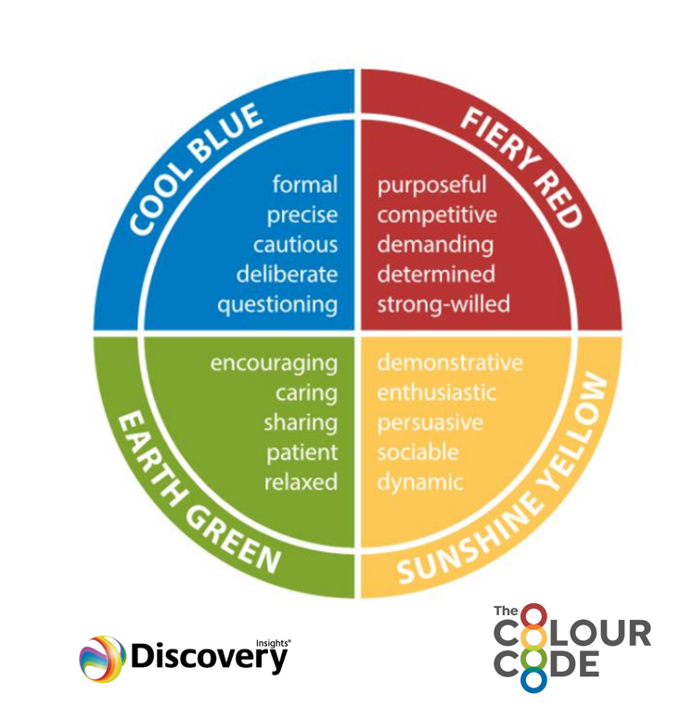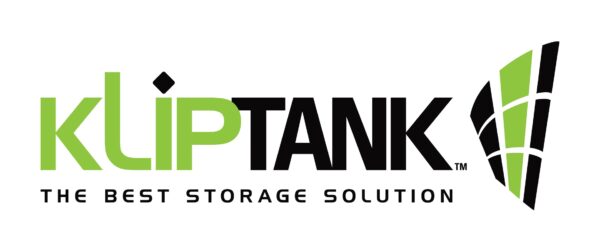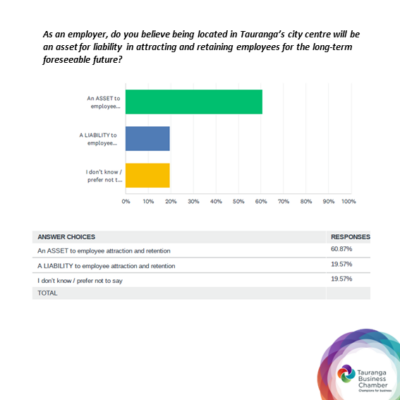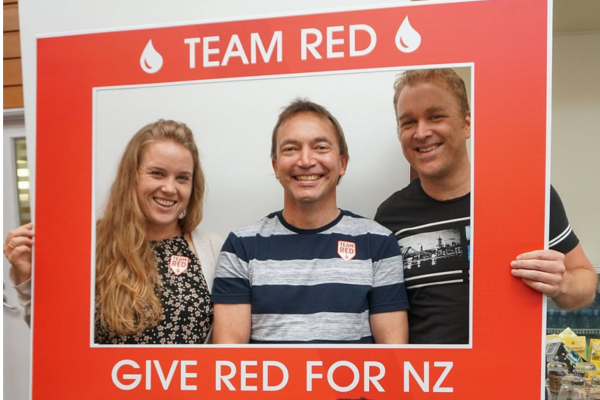Bringing a group of people from all walks of life together will always have challenges, and in the workplace, those challenges can become big problems for your business.
Whether you’ve recently hired and are managing a team for the first time, or you have been promoted and are managing a team that you were once part of, there are ways to work through the challenges you face that benefit everyone.
Simon Fowler from The Colour Code explains how you can highlight individual strengths, establish communication frameworks and assist in building a strong team.
I keep seeing a common problem affecting both small and larger businesses – although it comes from quite different situations.
Maybe you have a small businesses and revenue has grown, meaning it was necessary to expand the team. Suddenly you are facing a different challenge: For the first time, you are responsible for managing a team.
Or, perhaps you have been a strong performer in a larger business and have been promoted to a team management position. Again, this can mean a huge change in what is expected of you.
This can lead to unexpected frustration, going from a position of feeling successful, of being a top performer, to suddenly feeling a little out of your depth. Maybe it means doing less of what you have previously enjoyed.
In both situations, it can mean that the skills that have served you so successfully in the past have to change… you need a different toolbox.
I can certainly resonate with these feelings. Having covered several sales and marketing positions for my previous employer I was promoted to a management position. My feelings of accomplishment were soon replaced by frustration and unease.
Looking back, I was guilty of not being flexible to the needs of my team – I felt if my team did what had worked for me in the past then we would hit our targets. It sounds arrogant, but I felt my experience would be enough to support others.
To overcome this feeling of being overwhelmed and give the most appropriate support, we need to gain clarity both for ourselves and the team.
Clarity of expectation.
I believe it is essential that managers have a framework for assessing and diagnosing performance. Assessing performance comes from analysing results, while diagnosing performance is achieved by looking at the observable behaviours that have led to these results. The behaviours you choose to concentrate on should be observed by you, consistently demonstrated and related to the colleague’s role.
Do you have this for your team?
A framework can help leaders remain objective, and avoid the horns and halo effect. This is where we form a perception of someone and look for behaviours to support our belief.
For example, we may perceive a team member is brilliant and can do no wrong, so we may end up letting them off the hook or justifying why they may behave a certain way. Alternatively, we may have formed a negative opinion of someone – maybe they made a few early mistakes early in their role and we end up overlooking anything good they do. If the team perceive this to be going on, then we will soon lose their trust.
Another advantage of having a framework for assessing and diagnosing performance is that it helps the team know what good looks like. If you share it with them, they know what is expected in terms of results and behaviours.

Clarity on performance
We should give feedback regularly to recongnise good performance and help improve poorer performance. It should be a mix of formal and informal feedback – not just restricted to an appraisal meeting.
If we want the feedback to support someone’s development, we need to consider our message .A model of feedback that has helped me in the past is BOOST. Meaning the feedback should be:
Balanced: Not too extreme
Objective: Around behaviour or results, not identity or beliefs
Observable: Not hearsay
Specific: A clear example
Timely: Close to when it happened and not rushed.
Think of some feedback that would support a colleague’s development and use this model to help it land more constructively.
Clarity in communication.
I used to think just treat people how you like to be treated. Now, I believe it is more effective to treat them how they like to be treated… but how do we know what works for them?
We are all different in our communication style. I am sure you will have heard phrases such as introversion and extroversion, and whether colleagues are more task or people focused.
These differences can affect many areas, such as how we communicate with others, how we like to recognised, how we show up under pressure and how to avoid this in the first place.
Being able to value and navigate these differences reduces those frustrating misunderstandings in the workplace and reduce the inefficiencies that go with them.
To help my clients do this, I use a tool called Insights Discovery (see image The Insights Discovery Colour Energies). It combines these preferences into a simple model to help people understand themselves and others.
It provides a simple and practical tool to help you understand more about your own strengths and how others may perceive you. It also teaches you how to spot the needs of others and how to adapt your style to work with them more effectively.
I believe focusing on these three areas will help you feel less overwhelmed and connect more effectively with your team. If you can connect effectively, your team will feel valued and understood, they will be more engaged in their work. Increased engagement has been shown to increase revenue, increase client advocacy, reduce staff turnover and reduce sick days.
Less frustration and better business result, something we would all appreciate.
If you want to understand more about your strengths as a leader and how you could be perceived by others, please get in touch with Simon via the website or LinkedIn.
Want more top tips, advice and insights? Check out our news section.
















































